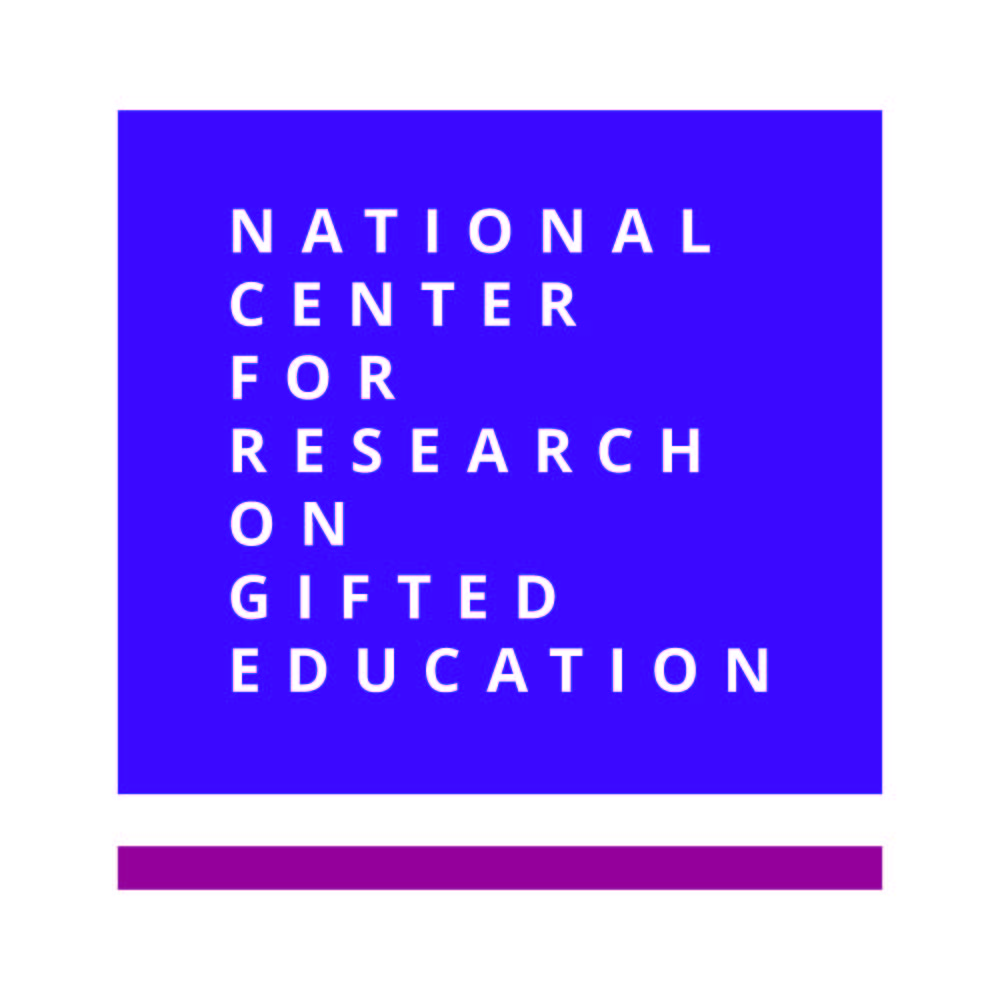
EL students often are under represented in gifted and talented programs. The National Center for Research on Gifted Education (NCRGE) developed these 15 tips for identifying gifted EL students. The tips are based on NCRGE research findings from visiting schools that have a record of successfully identifying EL students for their gifted programs. In addition to providing a one-page tip sheet that can easily be reproduced for distribution, the NCRGE also offers an attractive tri-fold as well as the full report detailing the research supporting the identification tips. Links for these are at the bottom of this page. All NCRGE material can be reproduced and freely distributed. This research was funded by the OELA through a grant administered by the Institute of Education Sciences, U.S. Department of Education PR# R305C140018.
Adopt Universal Screening Procedures
1. Adopt a policy of universal screening of all students in one or more grade levels for the identification process.
2. Select assessment instruments that are culturally sensitive and account for language differences.
3. Assess the speed of English language acquisition and monitor the rate of mastering reading, writing, listening, and speaking skills in English.
4. Consider including reliable and valid nonverbal ability assessments as part of the overall identification process.
5. Use other identification tools to supplement results of universal screening.
Create Alternative Pathways to Identification
6. Use native language ability and achievement assessments as indicators of potential giftedness, when available.
7. Maintain a list of multilingual school psychologists who are qualified to administer assessments in the student’s native language.
8. Establish a preparation program prior to formal identification procedures that provides students with learning opportunities to enhance knowledge and academic skills necessary for a student to be recognized.
9. Create a talent pool list of students who exhibit high potential but are not yet enrolled in gifted and talented programs. Observations, daily interactions between teachers and students, informal assessments, and formal assessments provide multiple opportunities to gauge students’ learning progress. Make identification of giftedness an ongoing process rather than a single event.
Establish a Web of Communication
10. Establish an identification committee that includes representatives who have key responsibilities in various roles and departments.
11. Develop and implement intentional outreach to the school community, particularly parents/guardians/caretakers. This process should utilize multiple pathways in languages appropriate to the population.
12. Emphasize collaboration within and across specializations/departments (e.g., general education, English as a second language [ESL], special education, gifted education) so people view themselves as talent scouts.
View Professional Development as a Lever for Change
13. Provide professional development opportunities for school personnel about effective policies and practices to support equitable representation of ELs in gifted and talented programs.
14. Develop a systematic approach to analyzing district and school demographics and the status of students identified/not identified for gifted and talented programs.
15. Promote efforts to diversify the teaching corps so that the adult community of a school reflects the student population.
Download a one-page PDF of these tips
Download the full NCRGE EL report supporting these tips
Download a tri-fold brochure on improving identification of EL students for gifted programs
Download our comprehensive review of literature on gifted EL students
July 2022 TESOL Connections article (http://newsmanager.commpartners.com/tesolc/issues/2022-07-01/2.html)
Journal Articles Based on This Work
- Introduction to English language special issue – Journal for the Education of the Gifted – December 2020, Vol. 43, No. 4 – https://doi.org/10.1177/0162353220955163 – Del Siegle
- Promising Practices for Improving Identification of English Learners for Gifted and Talented Programs – Journal for the Education of the Gifted – December 2020, Vol. 43, No. 4 – https://doi.org/10.1177/0162353220955241 – E. Jean Gubbins, Del Siegle , Pamela M. Peters, Ashley Y. Carpenter, Rashea Hamilton, D. Betsy McCoach, Jeb S. Puryear, Susan Dulong Langley, and Daniel Long
- Proficiency and giftedness: The role of language comprehension in gifted identification and achievement – Journal for the Education of the Gifted – December 2020, Vol. 43, No. 4 = https://doi.org/10.1177/0162353220955225 – Rashea Hamilton, Daniel Long, D. Betsy McCoach, Vonna Hemmler, Del Siegle, Sarah D. Newton, E. Jean Gubbins, and Carolyn M. Callahan
- Identifying and serving English learners in gifted education: Looking back and moving forward – Journal for the Education of the Gifted – December 2020, Vol. 43, No. 4 – https://doi.org/10.1177/0162353220955230 – Rachel U. Mun, Vonna Hemmler, Susan Dulong Langley, Sharon Ware, E. Jean Gubbins, Carolyn M. Callahan, D. Betsy McCoach, and Del Siegle
Some content on this website may require the use of a plug-in, such as Adobe Acrobat Viewer.
